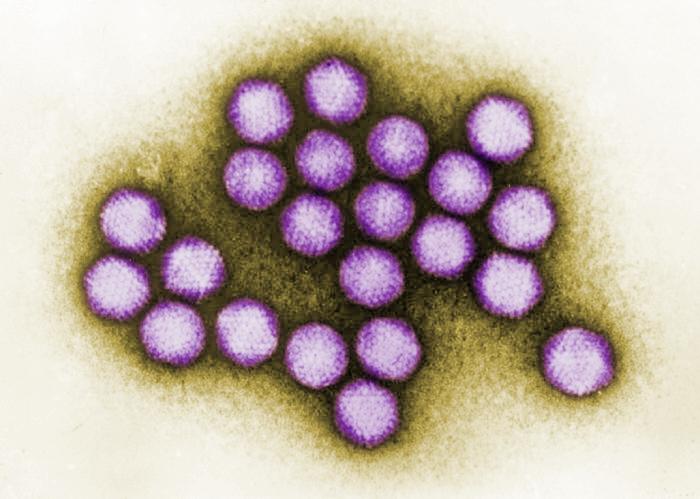
Incidence of Candida auris infection or colonization tripled at a large New York City hospital during the COVID-19 pandemic, researchers reported yesterday in Open Forum Infectious Diseases.
The retrospective chart review by researchers at Mount Sinai Hospital, a 1,018-bed academic tertiary hospital that was on the front lines of treating COVID-19 patients from the earliest days of the pandemic, looked for all incident cases of C auris at the hospital from 2019 through 2022. Since the multidrug-resistant fungus was first identified in the United States in 2016, hospitals in New York City have been among the hot spots for infection and colonization, though the spread was initially gradual through 2019.
The researchers defined an incident case as a patient without a known history of infection or colonization with C auris who had a positive surveillance or clinical culture identified during the study period. Overall, they identified 64 cases, 34 by surveillance culture and 30 by clinical culture. Total incidence, including clinical and surveillance cases, from 2019 through 2022 was 4.9 cases per 10,000 admissions, with incidence rising from 2.6 cases per 10,000 admissions in 2019 to 7.8 in 2022.
Increase could reflect impact of pandemic, increased surveillance
The study authors say the increase in C auris incidence mirrors national and international trends and could be attributed in part to multiple factors associated with the pandemic that have been linked to increases in other multidrug-resistant organisms (MDROs). Those factors include staffing and supply shortages, overuse and misuse of personal protective equipment, and lapses in infection prevention and control practices.
But they also note that Mount Sinai's C auris surveillance plan expanded during the study period to target high-risk patients from nursing homes and skilled-nursing facilities, which resulted in a doubling of patients screened and fivefold increase in positive patients identified.
"Our results highlight the potential impact the COVID-19 pandemic had on the spread of MDROs and the potential for targeted admission surveillance to serve as a valuable tool to combat the increasing spread of C. auris," they wrote.










